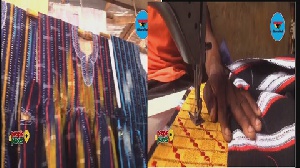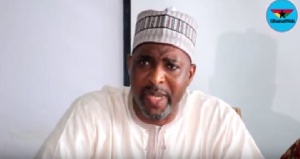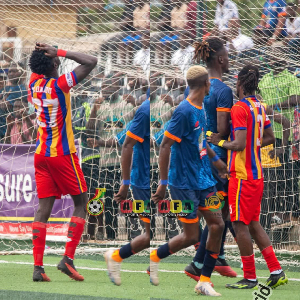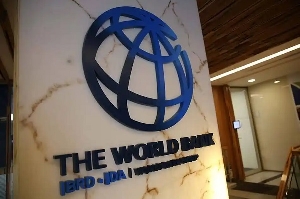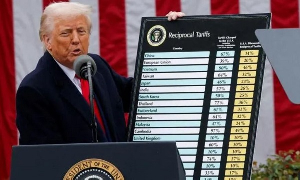The Northern part of Ghana is enriched with not only some of the world’s interesting tourist sites and warm, friendly and welcoming people, it also has very distinct culture that distinguishes it from all others.
The Northern Dances; the Yang War, Bula, Tuk, the Jengo dances etc., the unique traditional festivals; Damba, Bugum Chugu, and the food; Tuo Zaafi, Tubaani etc. make it even more beautiful.
Then comes the traditional wears found in the three regions in the north.
Fugu; the traditional cloth of the indigenes of the three regions of the North can’t be left out when delving into the beautiful culture of the people of the North.
Some call it “Fugu”, others ‘Batakari’, some ‘Bingmbaa’ and some others, the ‘smock’. Fugu comes from the Mossi Language which means cloth and it describes an amalgamation of strips of cloths woven on traditional looms to form a variety of loose garments common in Northern Ghana.
Dating as far back to the 14th century, the Fugu has travelled down the years seeing several modifications, styles among other things.
The spotlight in this edition of Ghanaweb’s ‘People and Places’ focuses on everything about the Fugu; its origin, significance, wearing, making, and the occasions on which it can be worn.
You might want to get the interesting twist about the smock hats made from the woven yarn and how its wearing signifies various things.
Secretary of the Association of Smock Makers at Moshe, Mohammed Ali Abdul Somed gives insight, in a rather intriguing and comic way about the story of the Northern People and the Fugu clothing.
Watch the full interview in this episode of People and Places
Entertainment of Monday, 25 March 2019
Source: www.ghanaweb.com

